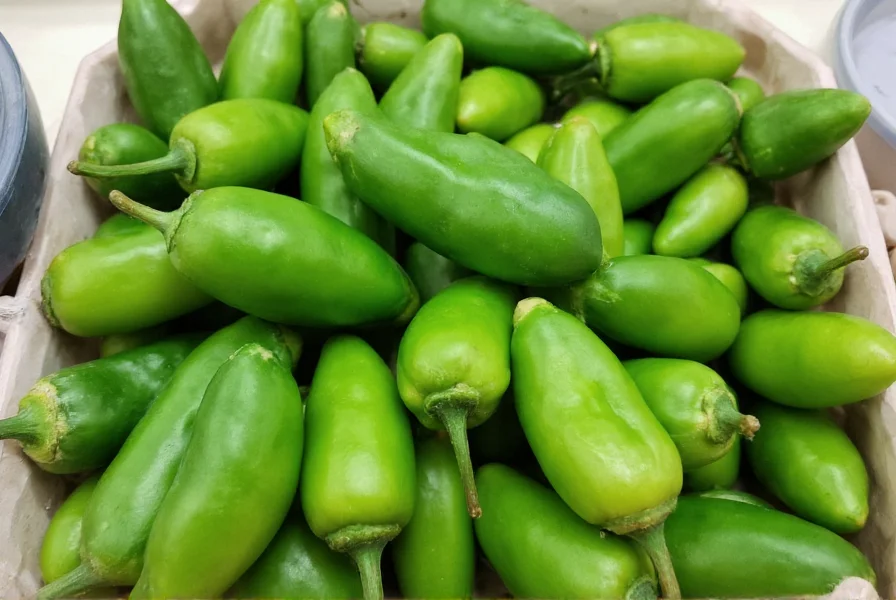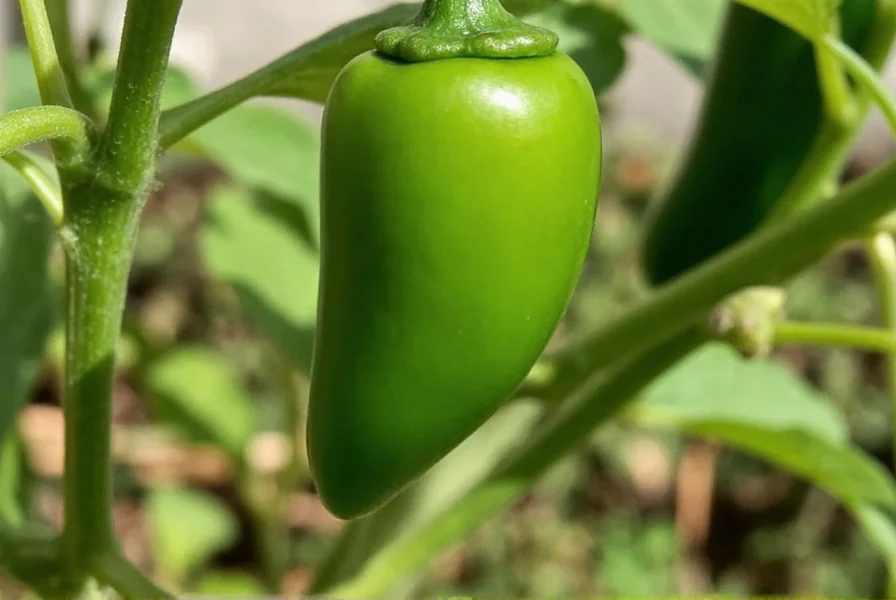Understanding exactly how hot jalapeño peppers are requires examining the Scoville scale, the standard measurement for chili pepper heat. Developed by pharmacist Wilbur Scoville in 1912, this scale quantifies the concentration of capsaicin—the compound responsible for that burning sensation we feel when eating spicy foods.
The Science Behind Pepper Heat
Pepper heat comes from capsaicinoids, with capsaicin being the primary compound. When you eat a jalapeño, these compounds bind to pain receptors in your mouth, triggering the familiar burning sensation. The Scoville scale measures how much sugar-water solution is needed to dilute the capsaicin until it's no longer detectable. The higher the number, the hotter the pepper.
Understanding Jalapeño Heat Variability
One crucial fact about jalapeno pepper how hot measurements is their significant variability. Several factors influence a jalapeño's actual heat level:
- Stress during growth: Peppers become hotter when grown in less-than-ideal conditions
- Ripeness: Red jalapeños (fully ripe) are often hotter than green ones
- Seed and membrane content: The white pith and seeds contain most of the capsaicin
- Genetic variation: Different jalapeño varieties have different heat potentials
- Geographic origin: Soil composition and climate affect heat levels
| Pepper Type | Scoville Heat Units | Heat Comparison |
|---|---|---|
| Jalapeño | 2,500-8,000 SHU | Mild to medium |
| Serrano | 10,000-23,000 SHU | 2-3 times hotter than jalapeño |
| Habanero | 100,000-350,000 SHU | 15-40 times hotter than jalapeño |
| Bell Pepper | 0 SHU | No heat |
| Thai Bird's Eye | 50,000-100,000 SHU | 8-15 times hotter than jalapeño |
Practical Implications of Jalapeño Heat Levels
When cooking with jalapeños, understanding how hot are jalapenos on the scoville scale helps you manage the heat in your dishes. Most people can comfortably handle 1-2 jalapeños in a standard recipe serving four people. The heat builds gradually, unlike some hotter peppers that deliver an immediate intense burn.
Interestingly, the heat experience varies by individual. Some people have more pain receptors in their mouths, making them more sensitive to capsaicin. Genetics actually play a role in how we perceive chili heat—some people are naturally more sensitive than others.
Why Are Some Jalapeños Hotter Than Others?
The question why are some jalapenos hotter than others has several answers. Environmental stress is a major factor—peppers produce more capsaicin when stressed by drought, temperature extremes, or poor soil conditions. This is actually a defense mechanism for the plant.
Harvest timing also matters significantly. As jalapeños ripen and turn from green to red, their heat compounds concentrate. A fully red jalapeño is typically hotter than its green counterpart. Additionally, the white membranes inside the pepper contain most of the capsaicin, so peppers with more developed membranes will be hotter.

Safety Tips for Handling Hot Jalapeños
When working with jalapeños, proper handling is essential for how to handle hot jalapeno peppers safely. Always wear gloves when cutting hot peppers, as capsaicin can transfer to your skin and cause burns. Never touch your face, especially eyes, after handling peppers without thoroughly washing your hands.
If you experience pepper burn:
- Rinse affected skin with cold water
- Apply milk or yogurt (capsaicin is fat-soluble)
- Avoid using soap initially, which can spread the oil
- For mouth burn, drink milk or eat dairy products
Culinary Applications and Heat Management
Understanding jalapeno pepper heat level compared to other peppers helps in recipe development. If you find your jalapeños too hot, you can reduce the heat by:
- Removing all seeds and white membranes
- Soaking sliced peppers in salt water for 30 minutes
- Cooking peppers thoroughly (heat breaks down some capsaicin)
- Pairing with dairy products like cheese or sour cream
Conversely, if you want to increase heat, leave more membranes intact or add a small amount of hotter pepper like serrano to your dish.

Measuring Heat Beyond the Scoville Scale
While the Scoville scale remains popular, modern laboratories now use High-Performance Liquid Chromatography (HPLC) to measure capsaicinoid content more precisely. This method provides exact measurements of all capsaicin compounds, not just the total heat potential.
Despite these advances, the Scoville scale remains the most accessible way for consumers to understand jalapeno pepper how hot comparisons. It provides a practical framework for home cooks to anticipate heat levels when selecting peppers at the grocery store or farmers market.











 浙公网安备
33010002000092号
浙公网安备
33010002000092号 浙B2-20120091-4
浙B2-20120091-4